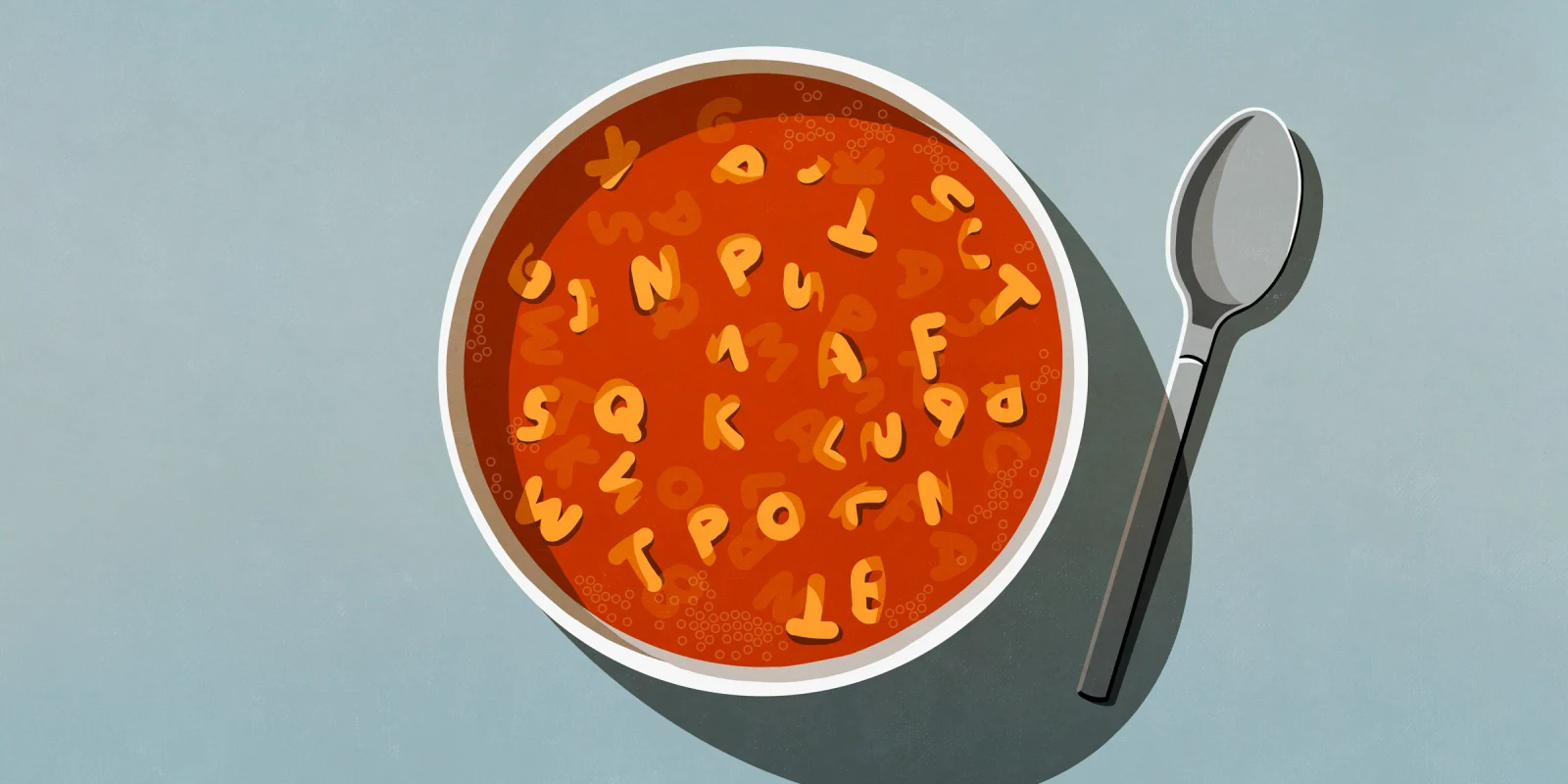In the two years since the pandemic arrived in the U.S., we have made monumental strides in screening for and diagnosing COVID-19 in kids. Yet we are still struggling to identify and “treat” one of COVID-19’s most important, but often invisible, complications for children: hunger.
When I walked into the patient room of Edward and his mother, I was met with a heavy silence. Unsure what to make of it, I opened my computer and started the well-child visit. Prompting questions about diet filled my screen: “How many servings of fruits and vegetables does Edward eat daily? Does he eat beans, lentils, whole grains?” I looked at Edward’s mother for a response, but her mouth was tight, her eyes downcast. During our previous visits, the pair bubbled with fun and laughter. This visit was palpably different. I glanced down at the food insecurity screening questionnaire form, a paper we hand to all of our patients upon check-in. It was completely blank. Something was not right. I looked back at Edward’s mother, and I realized I was asking the wrong questions. Nothing in my well-child template was going to help me understand Edward and his mother's reality. Instead of the next question on my list, I asked, “Has your family been able to obtain the food you need recently?” That’s when I learned that, like so many families during this pandemic, they had lost access to food.
Food insecurity is a complex and often invisible problem. Screening for food insecurity is considered standard of care for pediatricians. The hunger vital sign is a validated screening tool, but in many situations it is not enough. Food insecurity, unlike many medical conditions, does not have a simple diagnostic test or treatment, and its root causes are complex and intertwined, an interplay among socioeconomic, racial, and infrastructure-related factors. While screening is a powerful tool, understanding and identifying food insecurity often requires a more personal and tailored — dare we say human — approach.
The impetus for identifying food insecurity in our pediatric patients’ families is rising as the issue becomes more widespread. An estimated 15% of households with children in the U.S. experienced food insecurity in 2020. That is about 12 million kids. These numbers have steeply increased since 2018, as the COVID-19 pandemic appears to have exacerbated the problem.
There are direct links between food insecurity and adverse health outcomes. Children in food-insecure households suffer from increased illnesses, slower recovery times, and higher hospitalization rates. Recent research has also shown links between food insecurity and disordered eating patterns in both adults and children. These adverse outcomes are not only harmful for the individual children affected, but also translate to increased health care costs for the system. On average, annual health care costs for food-insecure individuals are $1,834 higher than for individuals who are not experiencing food insecurity.
Food insecurity is too pervasive for any one physician to solve alone, but we each have a role to play. The first step a physician can take is to simply ask the right question. A standardized portion of the well-child visit involves asking patients and family about specific dietary content rather than access to food. Before asking, “How many servings of fruits and veggies does Edward get each day?” a better approach would be to begin with, “Does your family ever worry about having enough food to feed everyone?” What a standardized paper screening might fail to identify, in-person communication may elicit.
Knowing a family struggles with access to food should inform the way we approach every aspect of their medical care. Any clinician interacting with families should familiarize themselves with community resources and programs (e.g., the “WIC” program, the Supplemental Nutrition Assistance Program, food pantries, summer and child care feeding programs) to be able to connect those in need with adequate support.
Physicians are a solutions-oriented bunch, but before diving into the solutions and resources available in the community, we should take time to acknowledge the reality of our patient’s situation and consider additional barriers that a family may also be facing, including transportation or access to health insurance. The benefit of this individualized approach cannot be understated.
I identified Edward's food insecurity by reading the room, and not through a standardized written screening process. I realized we need to ask directly about food security as we would about any other medical concern or complication. Food insecurity is one of the most layered and significant complications of the COVID-19 pandemic, but it remains largely invisible in our clinical encounters. Edward and children like him will continue to suffer until we make food insecurity visible by asking consistent, specific, and direct questions to families.
How have you approached food insecurity when talking with patients? Share your strategies in the comment section.
The following co-authors contributed to this Op-Med:
Dr. Sarah Campbell is a second-year pediatrics resident at UT Austin Dell Medical School. She has interests in allergy & immunology and addressing health disparities.
Dr. Stacy Yanofsky is a first-year pediatrics resident at UT Austin Dell Medical School. She has previously served on the executive board that established the New Orleans branch of Rescuing Leftover Cuisine, a group working to address food insecurity in the greater New Orleans area.
Dr. Priya Jacob completed medical school at UT Southwestern and is currently a pediatric resident at Dell Children's Medical Center. Priya hopes to use her career in pediatrics to be a voice for underserved communities. Priya is originally from Flower Mound, Texas, and she enjoys reading, spending time with family and friends, and exploring new foods in her free time.
Dr. Sharwin Khot is a second-year pediatrics resident at UT Austin Dell Medical School. He is interested in advocacy and addressing social determinants of health.
Dr. Lauren Gambill is a pediatric hospitalist at Dell Children’s Medical Center of Central Texas and Assistant Professor of Pediatrics at the University of Texas at Dell Medical School. She is a Public Voices Fellow at the OpEd Project and can be found on Twitter @renkate.
All names and identifying information have been modified to protect patient privacy.
Image by Malte Mueller / GettyImages






